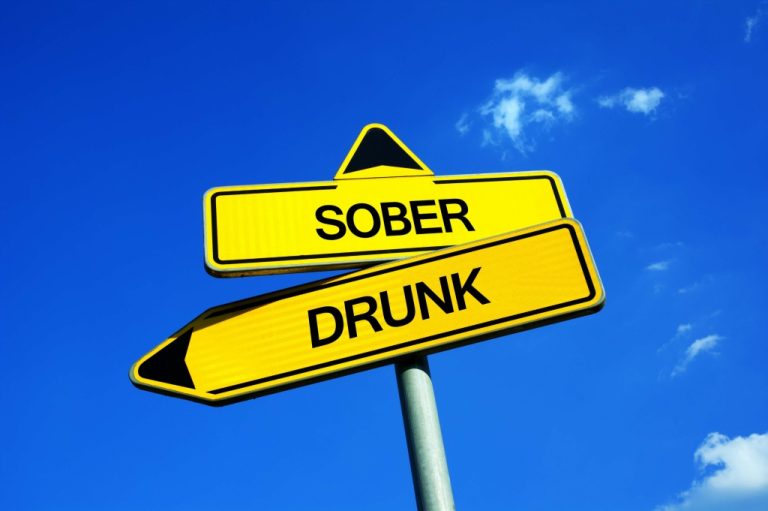It can be broken at any point, no matter how many times you’ve spun through it or how long you’ve been spinning. It supports your recovery after you leave more intensive treatment, like residential rehab. Aftercare can include sober living, ongoing therapy sessions, and continued contact with staff from your treatment center.
A Guide To Breaking the Cycle of Addiction
Our brains haven’t changed much over the centuries, but access to addictive things certainly has. Whereas our ancestors put all their efforts into seeking a mate and tasty food, we can find those, and much more besides, with the click of an app. The first stage, known as precontemplation, occurs when individuals are not yet aware of their substance use disorder or the need for change. They may be in denial about their addiction or feel that their substance use is not problematic.

Online Therapy Can Help
These skills help tackle daily challenges and prevent relapse. Most relapses happen when there’s a chance; so, knowing how to avoid these situations is key15. Higher relapse rates are seen in those skipping further treatment after detox11. Both staying in treatment centers and outpatient services play important roles. They ensure ongoing support or flexibility without losing care quality1011. The journey starts with quiet reflection on how substance use affects you and your loved ones.
Can You Really Be Hooked on Sugar?
But with continued use, a person’s ability to exert self-control can become seriously impaired. Dependence can also be found in the relief that a substance provides. For example, if someone is binge drinking to numb the dysfunctional family issues they are experiencing at home, they now depend on alcohol as a coping mechanism. Giving it up would not only be a challenge on its own, but the person would then have to confront their original problems at home that had been left unattended and unresolved. At this point, your body is so used to consuming your chosen substance that it requires it to function properly. There is even a condition known as anhedonia, in which someone with a long history of cocaine or meth use can no longer feel pleasure without using the drug.

Protective factors, on the other hand, reduce a person’s risk. Risk and protective factors may be either environmental or biological. Drugs or alcohol is an easy way to get rapid relief from complex issues and emotions, but it does not deal with the root issue. It may be the easy way out in the moment, but in the long run it only creates a much bigger issue that is difficult to escape from, which is addiction. The good news is that as soon as a person decides that they want to get out of the addiction cycle for good, it is achievable with a supportive framework of therapists, family, friends, and other support systems.
When people enter treatment, addiction has often caused serious consequences in their lives, possibly disrupting their health and how they function in their family lives, at work, and in the community. For people with addictions to drugs like stimulants or cannabis, no medications are currently available to assist in treatment, so treatment consists of behavioral therapies. Treatment should be tailored to address each patient’s drug use patterns and drug-related medical, mental, and social problems.
For long-term change, radical honesty and community are key
Therapists, rehab programs, and support groups provide real tools to help you move forward. Many people avoid treatment because they worry about cost, but there are options. Blue Cross Blue Shield drug rehab coverage can help cover expenses, making care more accessible. In the next section, we’ll talk about finding the right support https://udangslot.net/how-to-tell-if-a-loved-one-is-abusing-opioids/ for your journey. NIMH is supporting research to expand therapeutic options for treating addiction, including overdose treatment and medication-assisted treatment for opioid use disorder. If you have concerns about your mental health, talk to a primary care provider.
- The maintenance stage of the transtheoretical model of change is concerned with continuing to achieve the progress that began in the action stage.
- Healthy habits are just like any other habit, they require investment, effort, and routine.
- We used the “deprivation effect” paradigm to investigate consumption of sugar after abstinence in rats that had been bingeing on sugar.
- It’s about creating a life where you don’t feel the need to go back.
- This model helps us understand the journey’s complex nature and the need for a personal timeline in treatment12.
- It might seem a little less fun and it will involve tolerating discomfort rather than seeking refuge in shiny things, but this “new form of asceticism” is, she promises, the “path to the good life”.
- Support networks are crucial, giving advice, empathy, and motivation during tough times.
The Addiction Timeline isn’t just about behavior – it’s etched into the Drug rehabilitation very architecture of the brain. You can break the cycle of addiction and discover the freedom God promises to every life surrendered to Him. Spiritually, addiction creates a sense of hopelessness that makes change feel impossible.
Many end up feeling guilty about drug or alcohol choose the correct cycle of addiction use soon after, and that guilt can end up becoming an emotional trigger, causing them to drink or use more while further perpetuating the cycle of addiction. When an addict is emotionally triggered, they go into defense mode. They want to protect themselves from something unpleasant by avoiding it.
The brain is often likened to an incredibly complex and intricate computer. Instead of electrical circuits on the silicon chips that control our electronic devices, the brain consists of billions of cells, called neurons, which are organized into circuits and networks. Each neuron acts as a switch controlling the flow of information. If a neuron receives enough signals from other neurons that it is connected to, it fires, sending its own signal on to other neurons in the circuit. Intensive therapy & support for those who do not require 24/7 hospitalization. Keeping a journal of triggers and urges can reveal connections.
